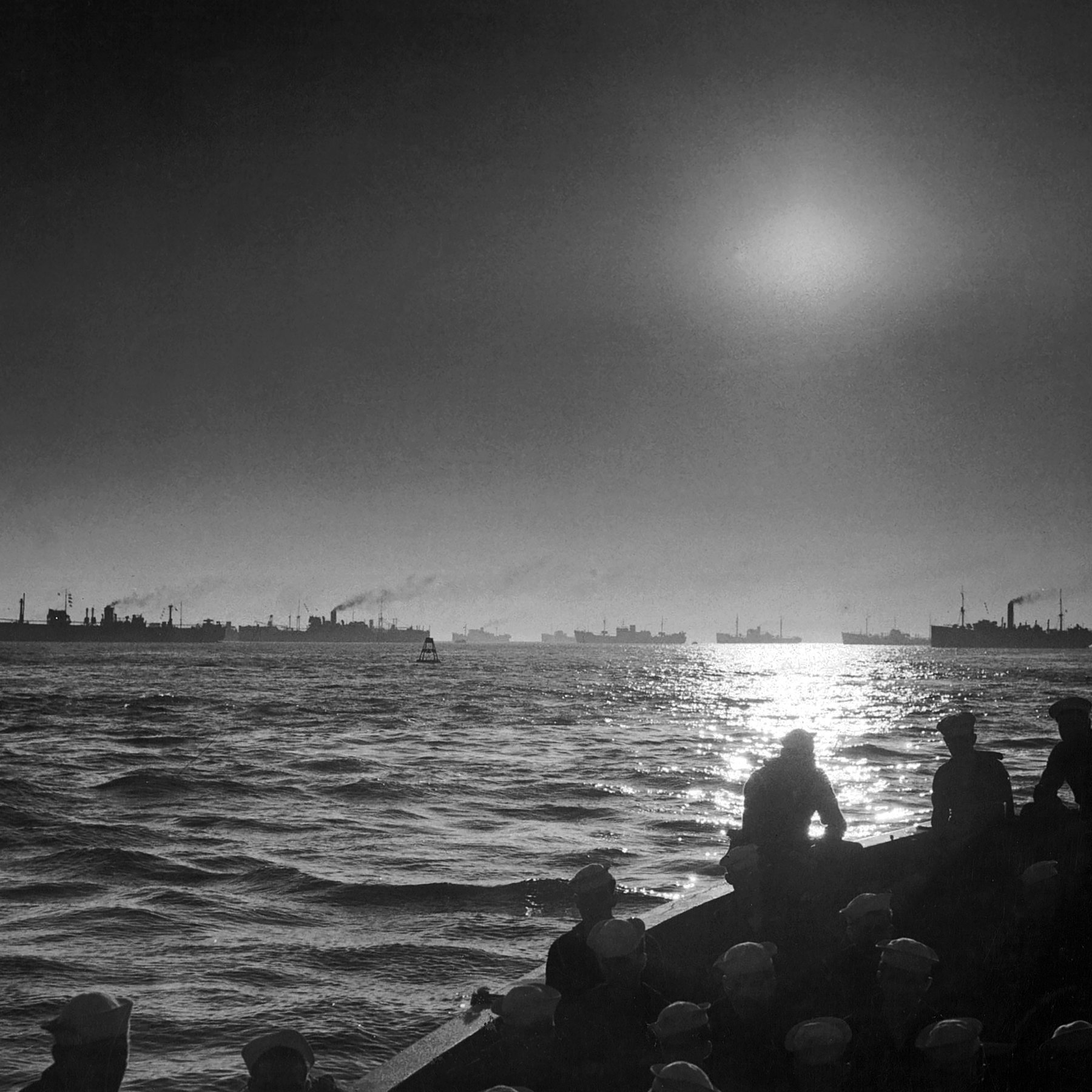WWII 1943 "BRITISH HEAVY CRUISER - LONDON (DEVONSHIRE CLASS)" RESTRICTED" Division of Naval Intelligence (DNI) US Navy Ship Identification Combat Poster*








WWII 1943 "BRITISH HEAVY CRUISER - LONDON (DEVONSHIRE CLASS)" RESTRICTED" Division of Naval Intelligence (DNI) US Navy Ship Identification Combat Poster*
Comes with a hand-signed C.O.A.
Size: Size: 8 x 8 inches
This original and museum-grade WWII US Navy ship identification poster is dated 1943 and was created by the Division of Naval Intelligence (DNI) and Office of Naval Intelligence (ONI). These USN ship identification posters were used by high-ranking USN officers, fighter pilots, and other USN sailors posted on observation and gunnery details. Being able to quickly identify Allied from Axis ships could mean the difference between life and death during battle.
The Division of Naval Intelligence (DNI) was an essential component of the United States Navy during World War II. DNI was responsible for collecting and analyzing information about enemy naval forces, their capabilities, and their strategies. Within DNI, the Identification and Characteristics Section played a pivotal role in determining the specific details of enemy vessels. The Identification and Characteristics Section of DNI was established in the lead-up to World War II, recognizing the need for detailed intelligence on enemy ships and submarines. The section was staffed by skilled analysts who possessed an in-depth understanding of naval vessels and their characteristics.
ONI expanded again during World War II. The Special Activities Branch provided critical intelligence on German U-boat technology, operations and tactics from prisoner interrogations to Fleet Admiral Ernest J. King’s Combat Intelligence Division to help win the Battle of the Atlantic. ONI produced RESTRICED, CONFIDENTIAL, and SECRET ship and aircraft recognition manuals for U.S. forces. ONI’s Photographic Interpretation Center provided trained photographic interpreters to the fleet and produced detailed three-dimensional terrain models used by fleet operators for mission planning. ONI established two intelligence schools that provided hundreds of trained Intel officers to the fleet and forward area commanders.
Restricted markings during World War II, commonly referred to as "Restricted," "Secret," or "Confidential," were an essential component of the U.S. military classification and information control system during the war. These markings were used to designate documents, information, or materials that contained sensitive or classified information, limiting their distribution and access to individuals with the appropriate security clearance. The purpose of restricted markings was to protect national security, safeguard military plans, and prevent unauthorized disclosure of sensitive information during the wartime period.
Functions of the Identification and Characteristics Section
The primary functions of the Identification and Characteristics Section were centered around gathering, processing, and disseminating information about enemy naval assets. The section had several key responsibilities:
Ship Identification: The section was tasked with identifying and classifying enemy ships and submarines. This included determining their type, class, size, armament, speed, and other critical characteristics. Accurate ship identification was essential for distinguishing friend from foe and planning naval operations.
Technical Analysis: The section conducted technical analysis to assess the capabilities and vulnerabilities of enemy vessels. This included studying ship designs, propulsion systems, armament, and armor to inform U.S. naval tactics and strategies.
Intelligence Reporting: The Identification and Characteristics Section generated detailed intelligence reports and disseminated them to the relevant military commands. This information was invaluable for naval commanders, ensuring they had accurate and up-to-date intelligence about the enemy's naval assets.
Training and Education: The section also played a role in training naval personnel to recognize and differentiate enemy vessels. This helped prevent incidents of friendly fire and enhanced situational awareness among U.S. forces.
Significant Impact on the War Effort
The work of the Identification and Characteristics Section had a profound impact on the success of the U.S. Navy during World War II. Its contributions were evident in several critical aspects of the war effort:
Tactical Advantage: Accurate ship identification allowed U.S. naval forces to maintain a tactical advantage in engagements with enemy vessels. The ability to quickly identify and classify enemy ships enabled more effective targeting and response.
Strategic Decision-Making: The technical analysis provided by the section influenced strategic decision-making. It allowed U.S. commanders to understand the strengths and weaknesses of the enemy's naval assets, which was crucial in planning naval operations and convoy protection.
Minimizing Friendly Fire: The training and education initiatives of the section played a crucial role in minimizing incidents of friendly fire. This not only saved lives but also improved the overall efficiency of U.S. naval operations.
Intelligence Sharing: The Identification and Characteristics Section worked closely with other intelligence agencies and allies, sharing critical information that contributed to the broader Allied war effort. Cooperation and information sharing were essential for success in a global conflict.
The Division of Naval Intelligence - Identification and Characteristics Section was an indispensable part of the U.S. Navy during World War II. Its formation was a response to the growing tensions leading up to the war, and its functions were vital for ensuring the effectiveness of U.S. naval operations. Through ship identification, technical analysis, intelligence reporting, and training initiatives, this section made a significant contribution to the U.S. war effort, providing the Navy with the crucial intelligence needed to succeed in the challenging and dynamic naval theater of World War II. Its role in enhancing the strategic and tactical decision-making capabilities of the U.S. Navy cannot be overstated, as it was instrumental in achieving victory in one of the most significant conflicts in history.